The Wolves Within, Part IV
The wolves now encircle the fold...
“It is the best three billion dollar investment we make.
Were there not an Israel, the United States of America would have to invent an Israel to protect her interest in the region.
The United States would have to go out and INVENT an Israel.”
— Senator Joe Biden, Freemason. June 5th, 1986
Previous Entries
Building upon the foundational insights from earlier chapters, and after dissecting the intricate layers of dispensationalism and its historical influences, this final exploration forces us to navigate the realms of biblical prophecy. We must delve deeply into eschatology, dispelling a profoundly deceptive narrative that has woven its way into Christian thought once again. If indeed the ancient Judean conception of the Old Testament had been the correct one, they would have recognized their Messiah en masse when He arrived. Instead, the Judaizers were the first heretics in the fold, attempting to mingle the Law with grace, as well as seeking to place their Gentile brethren in a bondage they could not keep themselves.
Drawing from the seminal works discussed previously, I aim to ultimately demonstrate the interconnectedness of the promulgation of dispensationalism with its political usefulness. The genesis of this ideology and movement has roots going back centuries now, and it is vital for Christendom to fully awaken to the threat posed by this pernicious doctrine.
Indeed, what we will find is that the rise of dispensationalism is inherently tied with the rise of political Zionism.
“Little children, it is the last time: and as ye have heard that antichrist shall come, even NOW are there many antichrists; whereby we know that it is the last time.”
— 1st Epistle of John 2:18 KJV
The most well known aspect of dispensationalism is its vivid and intricate end times chronology, with series like Left Behind having popularized its sensationalist view of a yet future 7-year “Great Tribulation”. As this worldwide calamity unfolds, we are told a singular Antichrist will rule from the rebuilt Temple of Solomon in Jerusalem as he hunts down a revivified Jewry. This, they claim, will be preceded by a “secret rapture” of the Church, although the precise timing of this event is still widely disputed amongst premillenarians. The exact details of this narrative are all highly speculative and widely debated amongst adherents of this theological system, largely relying upon a narrow interpretation of a select few verses stringed together throughout the Old Testament and New.
No verses are as important in this schema as Daniel’s prophecy of seventy sevens, or seventy weeks. It is from here that dispensationalists draw the vast majority of their chronological details for the eschaton, and as such, is where the greatest amount of our scrutiny should lie. Firstly, let us examine Daniel’s prophecy in its fullness:
24 Seventy weeks are determined upon thy people and upon thy holy city, to finish the transgression, and to make an end of sins, and to make reconciliation for iniquity, and to bring in everlasting righteousness, and to seal up the vision and prophecy, and to anoint the most Holy.
25 Know therefore and understand, that from the going forth of the commandment to restore and to build Jerusalem unto the Messiah the Prince shall be seven weeks, and threescore and two weeks: the street shall be built again, and the wall, even in troublous times.
26 And after threescore and two weeks shall Messiah be cut off, but not for himself: and the people of the prince that shall come shall destroy the city and the sanctuary; and the end thereof shall be with a flood, and unto the end of the war desolations are determined.
27 And he shall confirm the covenant with many for one week: and in the midst of the week he shall cause the sacrifice and the oblation to cease, and for the overspreading of abominations he shall make it desolate, even until the consummation, and that determined shall be poured upon the desolate.
— Book of Daniel 9:24-27 KJV
The dispensationalist says this prophecy is primarily about the Vicar of Satan, the Antichrist. In contrast, nearly all Christian theologians for 1800 years saw this prophecy as being about the Messiah, the Christ, alone.
— The vision of the prophet Daniel, ill. by Luigi Sabatelli.
These claims are mutually exclusive, so let us dissect this prophecy verse by verse to determine the truth of the matter:
24 Seventy weeks are determined upon thy people and upon thy holy city, to finish the transgression, and to make an end of sins, and to make reconciliation for iniquity, and to bring in everlasting righteousness, and to seal up the vision and prophecy, and to anoint the most Holy.
Firstly, the length of this prophecy is widely agreed upon to be seventy sevens, or symbolic weeks of seven years, equaling 490 years in total. Keep this in mind as we continue, as it will become vital to the proper elucidation of these verses. To make an end of sins, to make reconciliation for iniquity, to bring in everlasting righteousness, to anoint the most Holy (the literal meaning of Messiah) — these are all already fulfilled by Christ with His death and resurrection. Also note this prophecy is geographically tied to the earthly Jerusalem.
Let us go on:
25 Know therefore and understand, that from the going forth of the commandment to restore and to build Jerusalem unto the Messiah the Prince shall be seven weeks, and threescore and two weeks: the street shall be built again, and the wall, even in troublous times.
This commandment was given by Artaxerxes in 458 BC, and that period of seven weeks plus sixty-two weeks, or 483 years, would culminate in the baptism of Jesus Christ in 27 BC. The “troublous times” are described for us throughout the books of Nehemiah and Ezra. There are several commandments that could potentially fit this prophecy in Scripture, but only the one seen in Ezra 9:9 fits textually and chronologically given our timeline of 490 years.
So far most dispensationalists would agree with me, but here is where we radically diverge:
26 And after threescore and two weeks shall Messiah be cut off, but not for himself: and the people of the prince that shall come shall destroy the city and the sanctuary; and the end thereof shall be with a flood, and unto the end of the war desolations are determined.
This verse is where the Antichrist is alleged to make his first appearance, but I must ask, where does it state that in the text? Armies are often symbolically represented by floods in prophetic books of Scripture. The army that will destroy the city and the sanctuary, i.e. the Second Temple, in 70 AD are described as “the people of the prince that shall come”. The “prince that shall come” is not a singular subject, it is a possessive descriptor of whom those people owe allegiance to. Never mind the fact that the word “antichrist” only appears five times in the entirety of Scripture — all in John’s epistles — describing a spirit working in those who deny that Jesus is the Christ, the risen Son of God come in the flesh. The term antichrist is not seen once in Revelation (despite the entire “Great Tribulation” period allegedly revolving around him), or Daniel, and is not once referred to as a singular figure by the Apostle John.
Now it is also here that Darby and his acolytes insert a gap, a supposed pausing of the prophetic clock. Nowhere in Scripture can a precedent for this principle be found. When Scripture states a prophecy will unfold in a given time period, it does — except for this one, allegedly. This idea sprung forth seemingly from the depths of Darby’s mind, or the pits of Hell, I’m not entirely sure which. For a theological system that prides itself on literalism this is quite curious, as what the text literally states is that the Messiah would would be “cut off” after the 69th week, which means that the 70th week would have to have started already for Christ to be killed unjustly. 69 is not after 69, meaning Christ could not have been murdered in anything other than the 70th week of this prophecy.
Now lastly, verse 27 is where even more confusion has been created by Scofield’s notes:
27 And he shall confirm the covenant with many for one week: and in the midst of the week he shall cause the sacrifice and the oblation to cease, and for the overspreading of abominations he shall make it desolate, even until the consummation, and that determined shall be poured upon the desolate.
The “he” being referred to throughout this verse is asserted to be the “Antichrist” by legions of dispensationalists. This fundamentally breaks the laws of grammar. The antichrist is seen nowhere in this prophecy, certainly not in the singular form at the very least. The only singular subject that has been referred to throughout this prophecy is the Messiah, period. It is the Messiah who confirms His New Covenant, causing the blood sacrifices to cease in the midst of the last week via His death. As I have covered quite extensively in That Wicked Generation, it is Christ who prophesied and ultimately poured out His judgment upon Jerusalem in 70 AD. By adhering to the rules of grammar, and the clear text of this verse, the only logical and factually correct conclusion we can draw is that the “he” being referred to in this verse is the Messiah alone.
The entire edifice of the dispensational end times revolves around their faulty interpretation of the last four verses of Daniel 9. To insert a gap where none is present is not only offensive to logic and grammar, it is an affront against perhaps the most spectacular prophecy in the Bible. In precise detail, we are given a prophetic calendar that announces not only the anointing of Christ, and His death, but the precise years in which these events would take place — at least 600 years before they would occur. Hardly describing a yet unfulfilled destruction, Daniel is one of several Old Testament prophets, such as Zechariah and Malachi, who foretold of the second destruction of Jerusalem.
In its place, Scofield proffers a prophecy that revolves around not Christ, but His satanic counterfeit. The length of the “Great Tribulation”, the “Antichrist” defiling a rebuilt Temple and persecuting the Jews — so much of the narrative of this eschatology is based upon a fundamental misreading of Daniel 9. This amazing prophecy, one entirely about our Messiah, has instead been twisted into a prophetic foretelling of the Antichrist’s ascendance.
That is just one of the many ways that dispensationalism denigrates our King.
“When the Jewish people, after nearly 2,000 years of exile, under relentless persecution, became a nation again on 14 May 1948 the ‘fig tree’ put forth its first leaves.”
— Hal Lindsey, Dispensational author & false prophet who predicted the world would end in 1988
A defining, although certainly not unique, feature of the eschatology of dispensationalism is the restoration of national Israel and the rebuilding of the Third Temple, both of which must precede the “Great Tribulation”. Often, but not always, this is accompanied with a resuming of the Levitical animal sacrifices during a yet future Millennial reign of Christ. Necessitating the return of Israel is the idea that the LORD did not fulfill his land promises made to Abraham. This idea, proffered by dispensationalists, is the exact opposite of what Scripture states however (all emphasis below is mine):
43 And the Lord gave unto Israel all the land which he sware to give unto their fathers; and they possessed it, and dwelt therein.
44 And the Lord gave them rest round about, according to all that he sware unto their fathers: and there stood not a man of all their enemies before them; the Lord delivered all their enemies into their hand.
45 There failed not ought of any good thing which the Lord had spoken unto the house of Israel; all came to pass.
— Book of Joshua 21:43-45 KJV
Under Solomon, this would include the even larger area outside of Canaan promised to Abraham:
21 And Solomon reigned over all kingdoms from the river unto the land of the Philistines, and unto the border of Egypt: they brought presents, and served Solomon all the days of his life.
— The First Book of Kings 4:21 KJV
Contrary to Scofield’s notes, the promises of God have indeed been fulfilled.
There is no blessing yet coming to the physical nation of Israel that they can gain outside of Christ, something made clear by the lawgiver Moses himself:
18 I will raise them up a Prophet from among their brethren, like unto thee, and will put my words in his mouth; and he shall speak unto them all that I shall command him.
19 And it shall come to pass, that whosoever will not hearken unto my words which he shall speak in my name, I will require it of him.
— Deuteronomy 18:18-19 KJV
This prophecy is explicitly applied to Christ by Peter in Acts 3:22-23, leaving no room for interpretation on which prophet Moses is referring to.
As for the much ballyhooed Third Temple, it is already in existence. Every believer is part of the temple of God:
16 Know ye not that ye are the temple of God, and that the Spirit of God dwelleth in you?
17 If any man defile the temple of God, him shall God destroy; for the temple of God is holy, which temple ye are.
— 1st Epistle to the Corinthians 3:16-17 KJV
19 What? know ye not that your body is the temple of the Holy Ghost which is in you, which ye have of God, and ye are not your own?
— 1st Epistle to the Corinthians 6:19 KJV
16 And what agreement hath the temple of God with idols? for ye are the temple of the living God; as God hath said, I will dwell in them, and walk in them; and I will be their God, and they shall be my people.
— 2nd Epistle to the Corinthians 6:16 KJV
Paul quotes primarily from Ezekiel 37:26-28 in his second epistle to the church at Corinth, clearly applying it to the Church. I find it quite interesting that the temple described by Ezekiel is so often cited by dispensationalists as the prooftexts for their eschatological one, yet the Apostle Paul under divine inspiration interprets that prophecy as being fulfilled through the Body of Christ.
— Death on a Pale Horse, ill. by Benjamin West.
Lost in this carnal fixation upon a physical temple is the beautiful tapestry of symbolism woven throughout the Scriptures. Every believer throughout space and time is a living stone in this magnificent edifice, crafted through the hand of God alone, all of which rests upon the cornerstone — Jesus Christ:
5 Ye also, as lively stones, are built up a spiritual house, an holy priesthood, to offer up spiritual sacrifices, acceptable to God by Jesus Christ.
6 Wherefore also it is contained in the scripture, Behold, I lay in Sion a chief corner stone, elect, precious: and he that believeth on him shall not be confounded.
7 Unto you therefore which believe he is precious: but unto them which be disobedient, the stone which the builders disallowed, the same is made the head of the corner,
8 And a stone of stumbling, and a rock of offence, even to them which stumble at the word, being disobedient: whereunto also they were appointed.
9 But ye are a chosen generation, a royal priesthood, an holy nation, a peculiar people; that ye should shew forth the praises of him who hath called you out of darkness into his marvellous light;
— 1st Epistle of Peter 2:5-9 KJV
Peter applies in verse 9 alone some twenty different Old Testament prophecies and proclamations to the Church, once again demonstrating the interconnectedness of the faithful Hebrew remnant with the faithful remnant of the Church. Merely echoing his teacher, the Messiah applies the prophecy mentioned by Peter in verses 6-8 to Himself, tying their fulfillment to His Kingdom:
38 But when the husbandmen saw the son, they said among themselves, This is the heir; come, let us kill him, and let us seize on his inheritance.
39 And they caught him, and cast him out of the vineyard, and slew him.
40 When the lord therefore of the vineyard cometh, what will he do unto those husbandmen?
41 They say unto him, He will miserably destroy those wicked men, and will let out his vineyard unto other husbandmen, which shall render him the fruits in their seasons.
42 Jesus saith unto them, Did ye never read in the scriptures, The stone which the builders rejected, the same is become the head of the corner: this is the Lord's doing, and it is marvellous in our eyes?
43 Therefore say I unto you, The kingdom of God shall be taken from you, and given to a nation bringing forth the fruits thereof.
— The Gospel of Matthew 21:38-43 KJV
Christ could not have made it clearer for us: He is the cornerstone of the living Temple of God, an everlasting spiritual temple that has been in existence for nearly two millennia.
As for the staggeringly blasphemous notion of a resumption of animal sacrifices after the perfect sacrifice of Christ, the author of Hebrews dispels this idea:
12 But this man, after he had offered one sacrifice for sins for ever, sat down on the right hand of God;
13 From henceforth expecting till his enemies be made his footstool.
14 For by one offering he hath perfected for ever them that are sanctified.
— Epistle to the Hebrews 10:12-14 KJV
Now as the doctrinal analysis and scrutiny of dispensational theology draws to a close, we are faced with perhaps the most pressing question of all: how could its progenitors, Darby and Scofield, find popularity with a view so divergent from Scripture and the preceding two millennia of orthodoxy?
That question naturally leads us to the political benefactors and players that helped shape the last century of American and international foreign policy.
“Let those who like society better have it.”
— John Nelson Darby
In the 19th century, amidst the religious revivals and myriad cults sweeping America, one theological innovation in particular began gaining traction amongst the elite. John Nelson Darby's system, emphasizing the end times vis-a-vis the restoration of Israel, resonated deeply with influential British politicians. These would include a select few English noblemen who advocated for Jewish immigration to Palestine as early as the 1840’s. Darby's influence eventually extended across the Atlantic, shaping the theological landscape of America for centuries to come.
Notably, his ideas found fertile ground in the mind of Charles Taze Russell, widely considered to be the founder of the Jehovah’s Witness movement (and very likely a Freemason). Russell was inspired by Darby's teachings, preaching about the necessity of Jewish immigration to Palestine decades before the advent of political Zionism. So enamored was he with this concept that he wrote to Edmond de Rothschild in order to acquire Rothschild assistance in pulling it off:
My suggestion is that the wealthy Hebrews purchase from Turkey, at a fair valuation, all of her property interest in these lands: i.e., all of the Government lands (lands not held by private owners), under the provision that Syria and Palestine shall be constituted a free state.
This letter makes Russell the first, but certainly not the last, Christian Zionist to try and enlist the aid of the Rothschild family in the reestablishment of a Jewish state. Simultaneously, another strand of dispensationalist thought emerged in America, championed by figures like William E. Blackstone. Drawing from Darby's ideas, Blackstone fervently promoted Jewish immigration to Palestine as a fulfillment of Biblical prophecy.
His efforts culminated in the Blackstone Memorial, urging President Benjamin Harrison and Secretary of State James Blaine to support the restoration of Israel. The Blackstone Memorial's signatories included titans of industry like J.P. Morgan; Thomas Brackett Reed, the Speaker of the House; Melville Fuller, Chief Justice of the Supreme Court; William McKinley, Freemason & future president; the Boston Globe, New York Times, Washington Post, and Chicago Tribune; amongst a constellation of other media outlets, as well as a confluence of congressional figures, industrial moguls, and religious leaders. Moreover, the role of influential dispensationalist William Hechler, a devotee of Darby, highlights the symbiotic relationship between Christian and Jewish Zionists. Hechler's alliance with Theodor Herzl, the founder of modern political Zionism, facilitated crucial meetings for Herzl with German leaders; thereby lending legitimacy to his nascent movement.
This support would later come to a head during the political landscape of the early 20th century. Louis Brandeis, a prominent Jewish-American Zionist, recognized the potential of leveraging dispensationalist sentiment to advance the cause of a Jewish state in Palestine. Brandeis, along with other political Zionists, orchestrated behind-the-scenes efforts to secure U.S. support for WWI in exchange for the Balfour Declaration — the pivotal step towards reestablishing a Jewish homeland. The convergence of dispensationalist theology, elite endorsement, and geopolitical maneuvering has undoubtedly played a pivotal role in shaping the trajectory of world events.
— The Masonic gravestone of Charles Taze Russell, a man known to use Masonic grips and Masonic imagery in his writings.
In The Incredible Scofield and his Book, Joseph M. Canfield puts forth the theory that the person directing Scofield’s career was almost certainly associated with New York lawyer and Zionist activist Samuel Untermeyer. The infamous lawyer was on the Lotos Club’s executive committee and a close associate of Louis Brandeis, as well as an influential figure in the Wilson administration. Other scholars have been even more direct than Canfield in linking Untermeyer’s Zionism to his role in financially backing Scofield (emphasis mine):
Untermeyer used Scofield, a Kansas City lawyer with no formal training in theology, to inject Zionist ideas into American Protestantism. Untermeyer and other wealthy and influential Zionists whom he introduced to Scofield promoted and funded the latter’s career, including travel in Europe.
Untermeyer and the Lotos Club notably funded Scofield’s numerous travels to Europe, including one fateful trip to England where Scofield met with Henry Frowde, the publisher of the Oxford University Press. Frowde was also a member of the “Exclusive Brethren,” a break away Plymouth Brethren group founded by John Nelson Darby. It was this trip where the lucrative contract for Scofield’s “bible” was finalized.
From Darby's theological musings to Brandeis' strategic diplomacy, the journey towards a Jewish state in Palestine is one marked by a complex interplay of religious fervor, political ambition, and occult machinations. Ultimately, like the Blackstone Memorial before it, the Lotos Club’s patronage of Scofield’s work again reveals the interest of the American and Jewish elite in promoting Zionism via dispensationalism. Canfield notes that Scofield’s annotated “bible” was later “most helpful in getting Fundamentalist Christians to back the international interest in one of Untermeyer’s pet projects — the Zionist Movement.”
— Theodor Herzl speaking at the First Zionist Congress in Basel, Switzerland. August 25th, 1897.
The aforementioned Balfour Declaration, addressed to Lord Walter Rothschild, further underscores the longstanding ties between Christian dispensationalists and Jewish Zionists. Lord Arthur Balfour, a dispensationalist, is said to have penned the following letter to the Rothschilds:
Foreign Office, November 2nd, 1917
Dear Lord Rothschild,
I have much pleasure in conveying to you on behalf of His Majesty's Government the following declaration of sympathy with Jewish Zionist aspirations, which has been submitted to and approved by the Cabinet:
"His Majesty's Government view with favour the establishment in Palestine of a national home for the Jewish people, and will use their best endeavours to facilitate the achievement of this object, it being clearly understood that nothing shall be done which may prejudice the civil and religious rights of existing non-Jewish communities in Palestine or the rights and political status enjoyed by Jews in any other country."
I should be grateful if you would bring this Declaration to the knowledge of the Zionist Federation.
Yours sincerely,
Arthur James Balfour
While some historians debate the extent of Balfour's personal involvement in this missive, it's clear that the declaration reflected growing Christian support for Zionism. What is also clear from the historical record is the prominent, arguably critical, role that the Rothschild family played in the creation of the modern Jewish state.
In the twisting narrative of Christian Zionism's rise from the corridors of power to the pulpits of America, the pernicious influence of dispensationalist thought looms large in our politics and our congregations.
“ZIONISM is the most stupendous fallacy in Jewish history.”
— Henry Morgenthau, Sr.
Epilogue
As we conclude this journey through the intricacies of dispensationalism, eschatology, and Zionism, what we find is that these doctrines are not isolated beliefs. Rather, they are interconnected strands of ideological thought, inexorably intertwined. Through this exploration, I have shone the light of piercing truth upon the complex historical, theological, and political dimensions that lead to the rise of dispensationalism. The genesis of this deeply flawed hermeneutical system is not merely a theological phenomenon, it is a strategic narrative promulgated by religious and political Zionists alike. This symbiotic relationship, often veiled in theological rhetoric, reveals the influence of elite benefactors and strategic alliances in shaping religious doctrines and political agendas.
The intricate end times chronology espoused by dispensationalists, while captivating in its narrative allure and grandeur, stands on a foundation of speculative interpretations, fallacies, and theological gymnastics. Examining pivotal passages like Daniel’s 70x7 prophecy for instance, we confront the arbitrary interpretations and assumptions that define dispensationalist eschatology. Scrutiny of their oft-cited scriptures leads one to seriously question the man-made constructs imposed on the Bible by dispensationalism, further urging us to reevaluate the theological framework that underpins much of modern eschatology.
In tracing the historical trajectory of John Nelson Darby's theological innovations to the political maneuverings of influential figures like Samuel Untermeyer and Walter Rothschild, we uncover the intricate interplay between religious fervor, political ambition, and occult influences. Hardly a thing of the past, the Zionist influence upon American politics has become a stranglehold, with AIPAC ready to unleash $100 million in largely untraceable cash to influence the 2024 election. The biggest donor of AIPAC? The Jewish-American billionaire and digital pimp Leonid Radvinsky, the owner of OnlyFans — an enterprise that is tantamount to an online brothel. Amongst the most vociferous defenders of the ongoing Gazan genocide are those who have received the most funding from the Zionist lobby. This issue is hardly an academic one: ask the Gazans if America’s eschatology matters.
Whether it’s the Democrats (nice Masonic grip there Joe)…
…or the Rothschild-aligned Republicans…
…every side of this fake divide has bent the knee to what former Congresswoman Cynthia McKinney called the “most powerful lobby in DC”…
…and our politicians aren’t alone in that regard: the most popular “dissident” voice in the media, Tucker Carlson, wears his allegiance to this antchrist ideology on his sleeve.
Amidst this intricate tapestry of perfidy and secrecy, one figure stands out in particular: Cyrus Ingerson Scofield. Through his notes and his annotated “bible”, Scofield bears the lion share of the responsibility for the popularization of Christian Zionism amongst American evangelicals. I heartily echo the recent sentiments of Pastor Chuck Baldwin in this regard (emphasis mine):
Adherence to the Zionist-inspired notes in the Scofield Reference Bible at the turn of the 20th century by evangelical colleges, universities and seminaries inundated 20th-century (and now 21st-century) evangelical Christians and churches with the antichrist doctrines — especially prophecy doctrines — of “Christian Zionism.”
Some 80% of America’s evangelical churches, schools, radio and television broadcasts and books and literature promote this demonic theology. The result is that public opinion in virtually every American institution has been pushed into accepting this diabolical doctrine. And the result of THAT is that Israel can murder 200,000 innocent women, children and babies (many of them Palestinian Christians), and the American people at large — especially evangelicals — are completely and totally unmoved or even gleeful about it.
Scofield exemplifies the enduring impact of dispensationalism on our religious and political discourse, weaving together the complex strands of theology, Masonry, and ethno-nationalism. So much of the Middle Eastern chaos we have watched unfold this past century can be traced back squarely to Darby, Scofield and their pharisaical interpretive framework.
Ultimately, the journey through the Wolves Within — namely, dispensationalism and Zionism — serves as a cautionary tale: a call to exercise discernment. These insights have shed light on the convergence of theological doctrines and political interests, calling into question the true motives behind the progenitors of dispensationalist theology. After a careful analysis of the theological claims and origins of dispensationalism, it is this author’s opinion that what we have been sold these past several centuries is a fantastically crafted narrative, one using a cunningly deceptive misinterpretation of Biblical prophecy as its playbook. This truly masterful ruse was specifically designed to neutralize the greatest Earthly enemy of the Mystery religion — Christ’s Church.
Imagine if you will powerful families at the highest echelons of society, fanatically devoted to their luciferian agenda, and intent upon realizing worldwide dominion. Destined to lose and prophesied to fail, instead the enemy of mankind spins a masterful tale where in fact he reigns supreme — if but for a time. Instead of being galvanized into action by the evil subsuming their world, unsuspecting evangelicals are lulled into complacency by the misguided belief that the end is around the corner, thereby making fighting such evil pointless. Instead of being convicted into action, the debauched death spiral of Western civilization is perversely viewed as a positive omen, a sure sign that Christ’s return is imminent. Whether that is the case or not is entirely irrelevant, as we have not been commanded to sit and wait, but rather to act and occupy.
The list of wolves who helped spread this profoundly damaging doctrine are long and storied, but it can not be said that they hide in the shadows any longer.
This doctrine of demons, this yoke of bondage, must be tossed asunder and it must be rightly thrown into the ash heap of error once again.
— The Wolves Within IV, digital art, 2023.
“Behold, I send you forth as sheep in the midst of WOLVES: be ye therefore wise as serpents, and harmless as doves.”
— The Gospel of Matthew 10:16 KJV



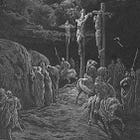
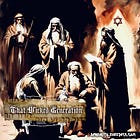




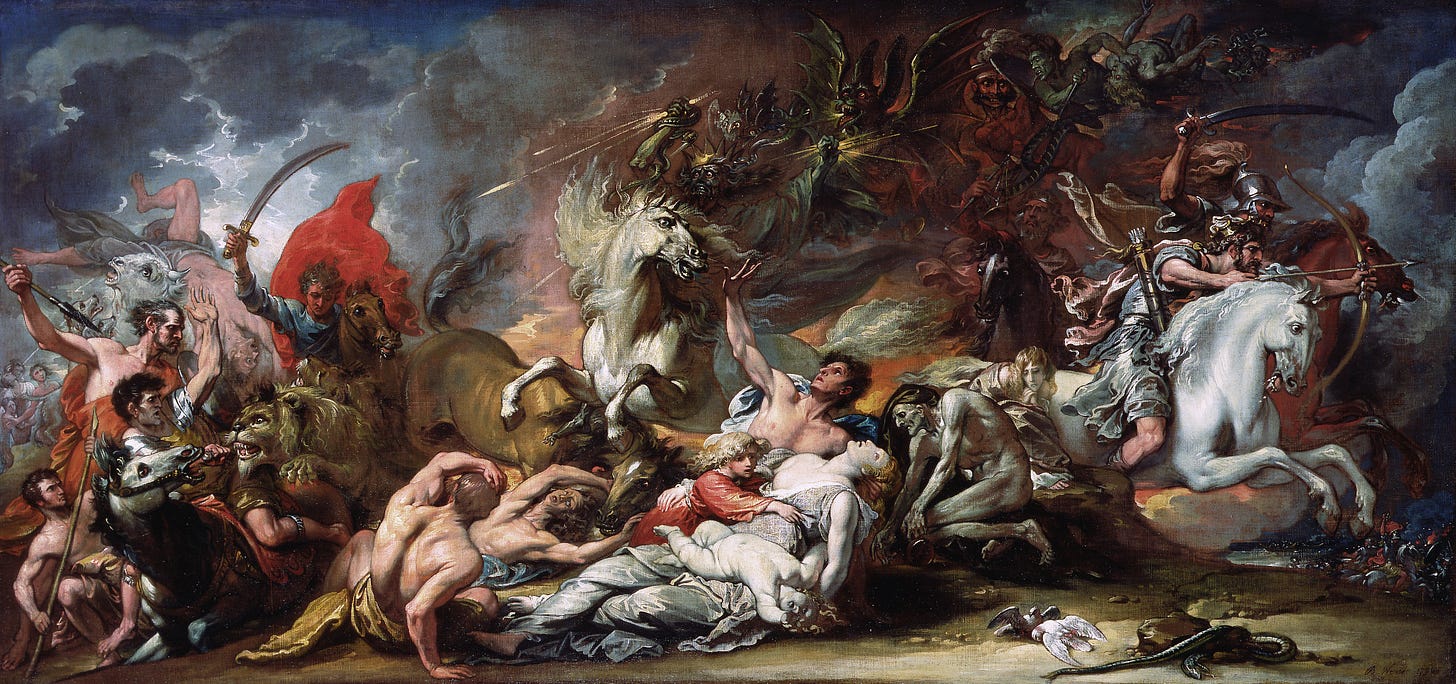
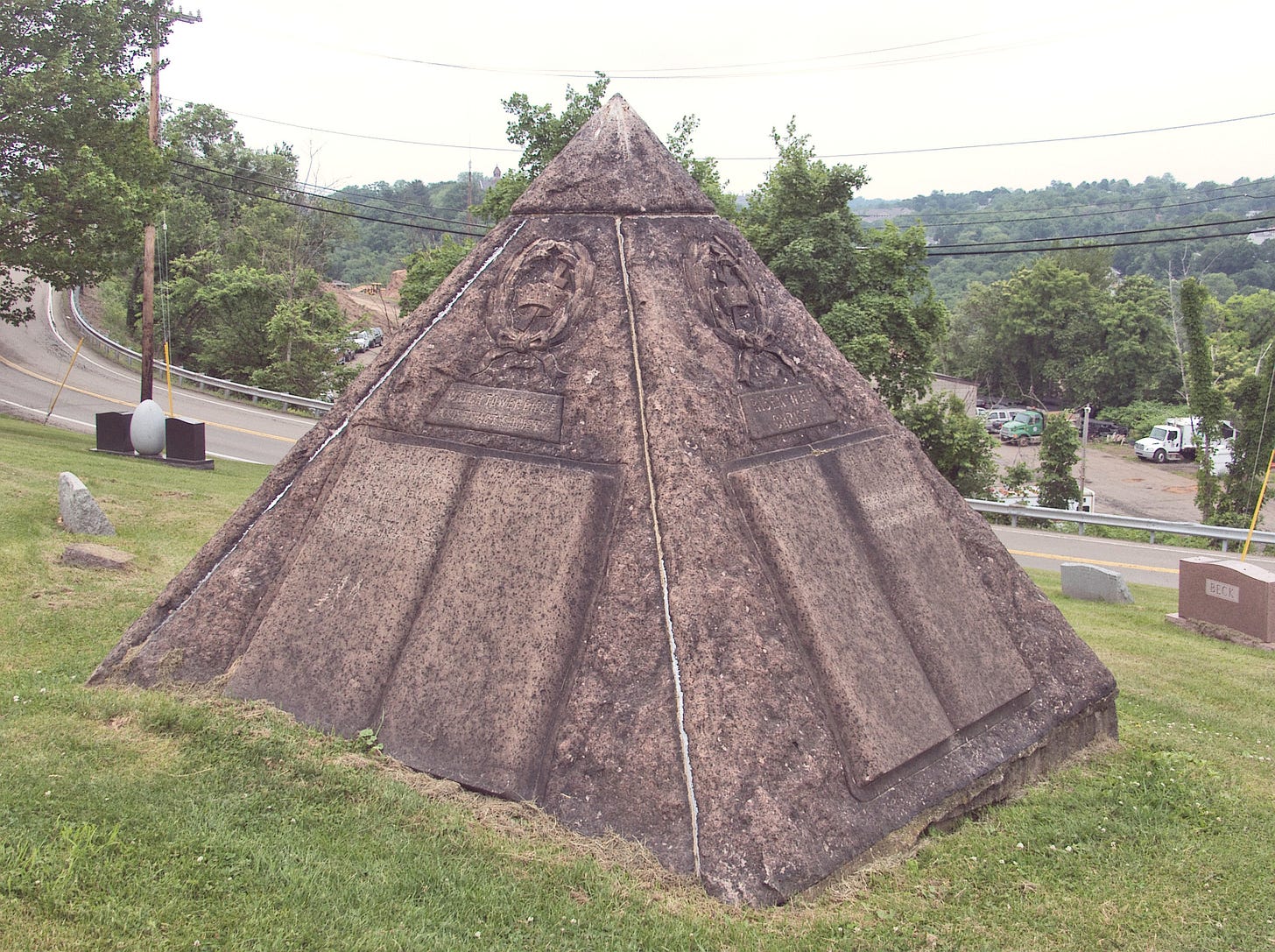






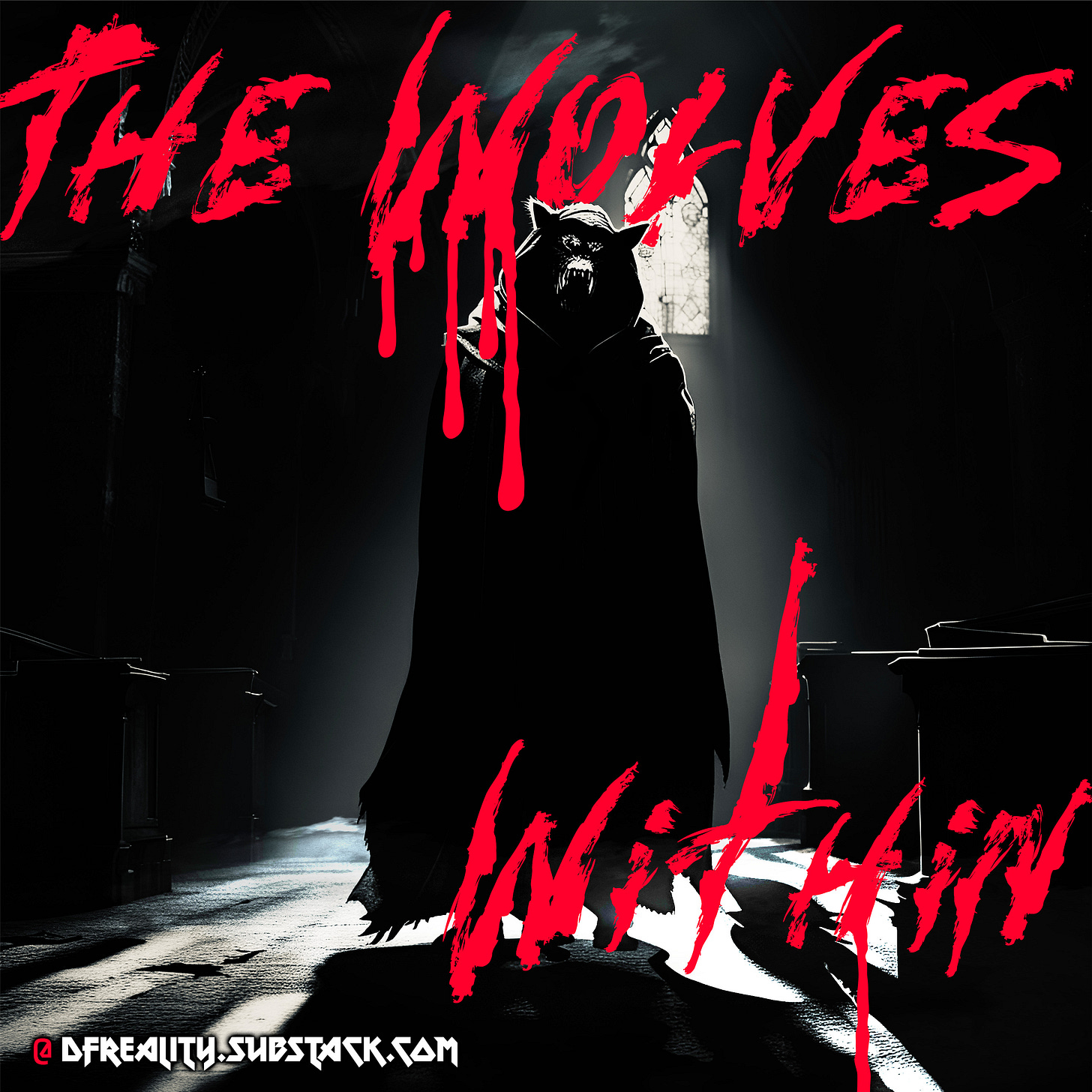
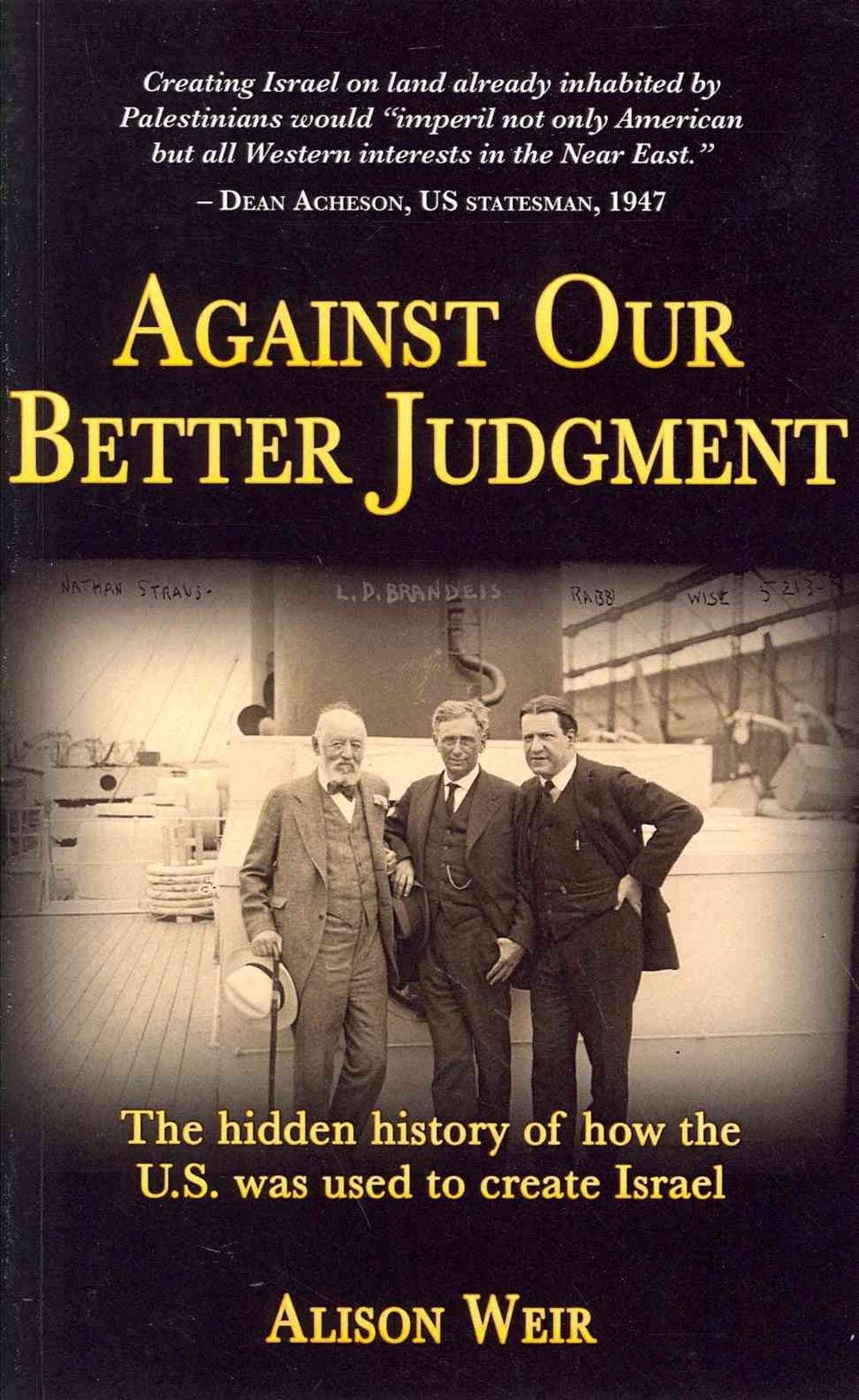
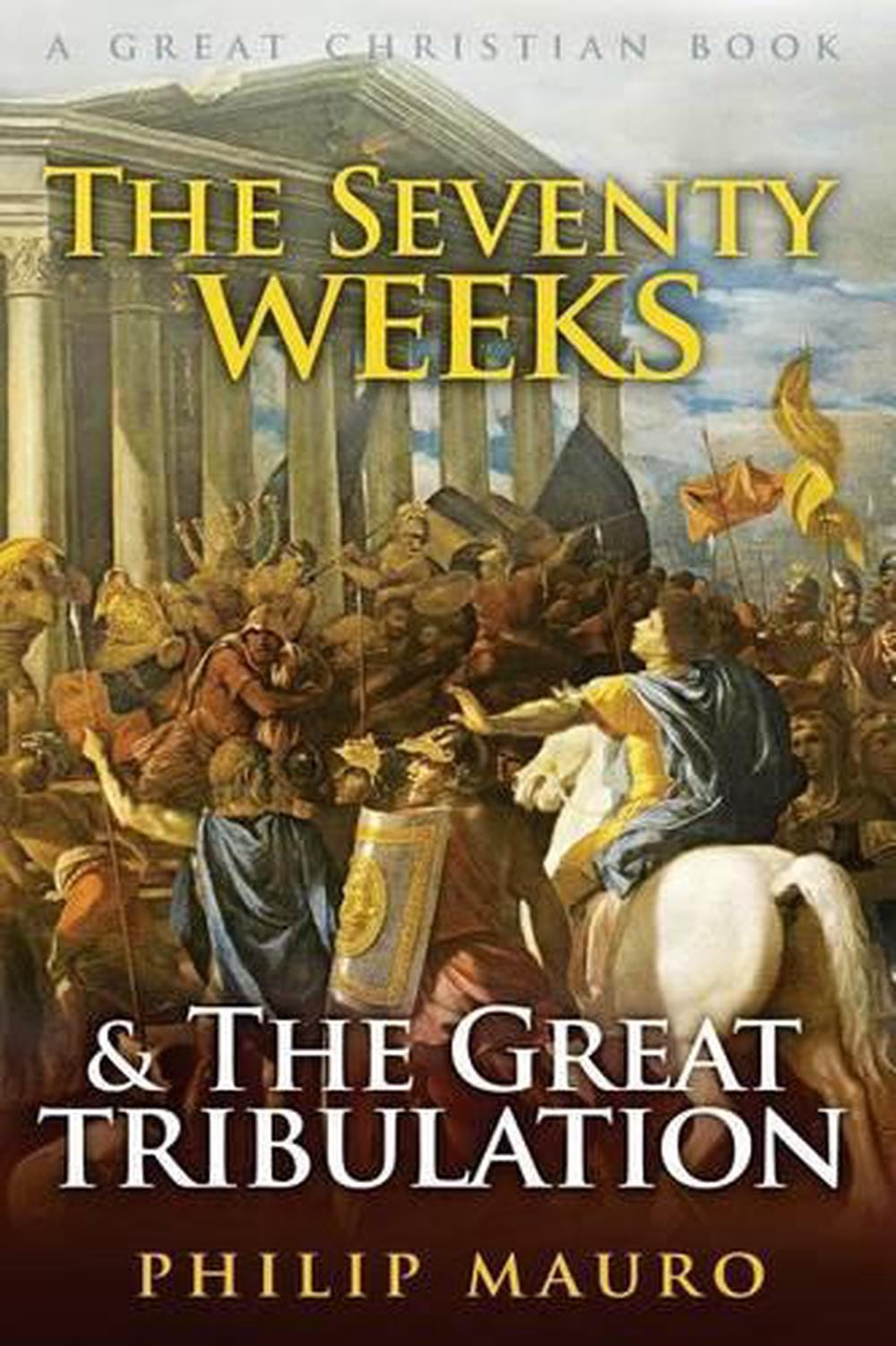

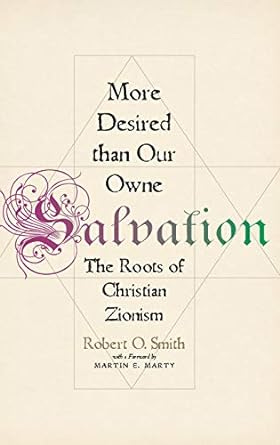


It’s so diabolical, the manipulation, indoctrination is a hurdle that will be difficult for most to clear to get to the truth because, as you have laid out, we are surrounded by the wolves. Sometimes I wonder why, how I stumbled here, I don’t think it was a coincidence. God bless you and your efforts to explain all of this to us.
It will take me awhile to get through the videos. I read and pray for discernment. Just wanted to say thank you for your hard work. When the Left Behind series came out I knew nothing about “The rapture” then found out some (not all) around me were all in. I read all those Left Behind books as they came out in wonderment then had to dig in and research where this theory came from. Well, hello Mr. Darby and some 14 yr. old Scottish? visionary who had a dream……So as time passed I was able to learn my faith better and realize it was a theory taking scripture and making it fit. After a number of years, it seems to have come up again with all the chaos and crazy ideologies happening around me. I started looking into why people believe this theory and accidentally came across Gary North’s book. I just never know what to say when people make small comments about this. Some how, like kitten seeking answers….I accidentally again came across your writings. Yow, this theory goes even deeper. Gosh, what have you to say with our choices in this year’s election…Again thank you so much.